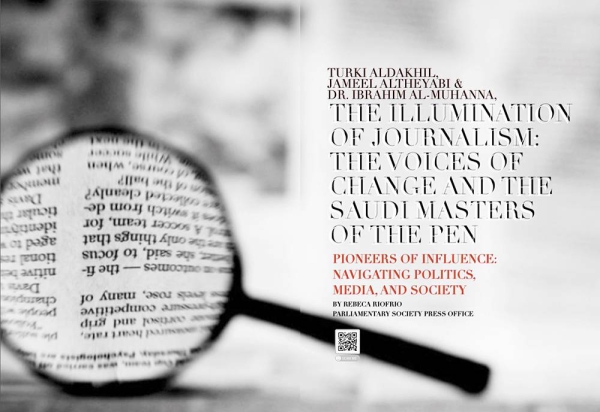
René Magritte painted brain-teasers – an air force of uniformed bureaucrats raining down on to a faceless city, a reverse mermaid with a sardine for her head and human legs, a pair of boots that sport real toes – but even he might have scratched his head if he’d known that last week, after a frenetic bidding war at a New York auction, his Empire of Light had been knocked down for $121m.
“It’s an iconic image,” declared the dealer, Emmanuel Di Donna, uttering an idiotic tautology, although the painting’s subject – a suburban villa beside a canal – looks humdrum enough until you notice that it’s night in the lower half but bright daylight higher up. Rather than accounting for the contradiction, Di Donna reverted to the lucre-loving lingo of the art market and attributed the record price to “the brand recognition of Magritte”.
The brand was not always so recognisable or so covetable. Magritte’s most deadpan tease, which depicts a pipe above a caption advising that “This is not a pipe”, was painted in 1929 but didn’t sell until 1954. Meanwhile he kept busy as a commercial artist, designing wallpaper or ads for cigarettes; during the Nazi occupation of Belgium, he amateurishly forged Titians and Renoirs.
Conformity was his mode of subversion. By contrast with the exhibitionism of Dalì or the roguery of Picasso, he camouflaged himself as a bourgeois provincial, wore a tie when painting, and used his kitchen or a corner of his living room as a studio. Photographed by Duane Michals in 1965, he maintained his anonymity by covering his face with a bowler hat.
The house in Empire of Light is as ordinary as any of those in which he lived in Brussels, but like the pipe, it is not a house at all. It is the “camera obscura” of Magritte’s imagination, and the beaming blue sky that coexists with nocturnal gloom suggests the way that ideas generate a strange radiance inside a shuttered head and mysteriously glow behind the sealed windows.
More precisely, it’s a homage to cinema. Magritte was an ardent film fan, whose enthusiasm is commemorated in the name given to the prizes for cinematic achievement awarded by the Académie André Delvaux: America has its Oscars, France its Césars, but Belgium gives out Magrittes – witty glass facsimiles of the carved balustrades that drift into his deceptively bland, flat canvases, detached from any useful architectural purpose.
Empire of Light reflects the chiaroscuro of cinema, where phantasms of light are projected through the darkness and people dream with their eyes wide open; maybe it also alludes to what French film-makers call la nuit américaine, the practice of using special lenses and filters to shoot night scenes in broad daylight. In his early painting Blue Cinema, Magritte celebrates the art’s sunny illumination, with a Greek temple as its place of revelation, an art deco mannequin to usher us to our seats, and a helium balloon to represent the freedom of fantasy.
Empire of Light goes over to the dark side: the water in the foreground has a lunar chill, and by inverting the facade of the house it warns that filmed or painted replicas of reality are illusions or hallucinations.
Magritte entitled his painting of the pipe The Treachery of Images, and if images are treacherous it follows that image-makers are traitors. A few small adjustments can make Empire of Light betray its secret, and in 1973 the painting was rearranged on the poster for The Exorcist, William Friedkin’s movie about the devil’s obscene ravaging of an adolescent girl in Washington. The design retains Magritte’s street lamp and lighted windows, but makes them glare more acidly; reducing the trees to shrubs, it introduces a figure - the priest arriving for a house call that ends in his death - who rightly hesitates at the entrance. Rather than standing on what Magritte, in the title of another painting, calls “the threshold of liberty”, he is about to step into a nightmare.
In 2022, Sam Mendes requisitioned Magritte’s title for his own film about cinema. Mendes’s Empire of Light, set in and around a cinema on the Margate seafront, recalls a lost imperial domain: in one scene, the ceremonial local premiere of Chariots of Fire is upstaged by the neurotic tantrum of the cinema manager, whose bipolar disorder matches Magritte’s dualistic combination of day and night.
No exorcist is required at the Empire cinema, which serves as a padded cell, a haven for its befuddled staff and beached audiences, people “who don’t belong anywhere else”. “We must not fear daylight,” Magritte once said, “just because it almost always illuminates a miserable world.” Or should we take refuge in the cinema’s artificial night?
Empire of Light‘s mood – sinister for Friedkin, melancholy for Mendes – has not made the painting any less popular. In response to requests from collectors, Magritte painted 27 variants, including three for disappointed bidders at the 1954 Venice Biennale, who lost out to the deep-pocketed Peggy Guggenheim.
Long after his death, supply still keeps pace with demand, and those on a budget can now tread Empire of Light into the ground: the Magritte Shop sells socks that enclose your feet in the painting, with darkness snuggling round your toes while the morning sky brightens above your ankles. Fanatics can accessorise the socks with a watch whose face puts Magritte’s unsmokable pipe in place of the numbered hours.
Not quite stealing Magritte’s headlines, a second New York auction made news last week when a Chinese cryptocurrency entrepreneur paid $6m for Maurizio Cattelan’s Comedian, a conceptual joke in the form of a banana duct-taped to a wall. Magritte’s pipe may not be a pipe but Cattelan’s banana, bruised and already biodegrading, is merely a banana, and by now, because the new owner announced he intends to eat it, is probably not even that. By comparison, whoever paid 20 times as much for Empire of Light snapped up a bargain.











